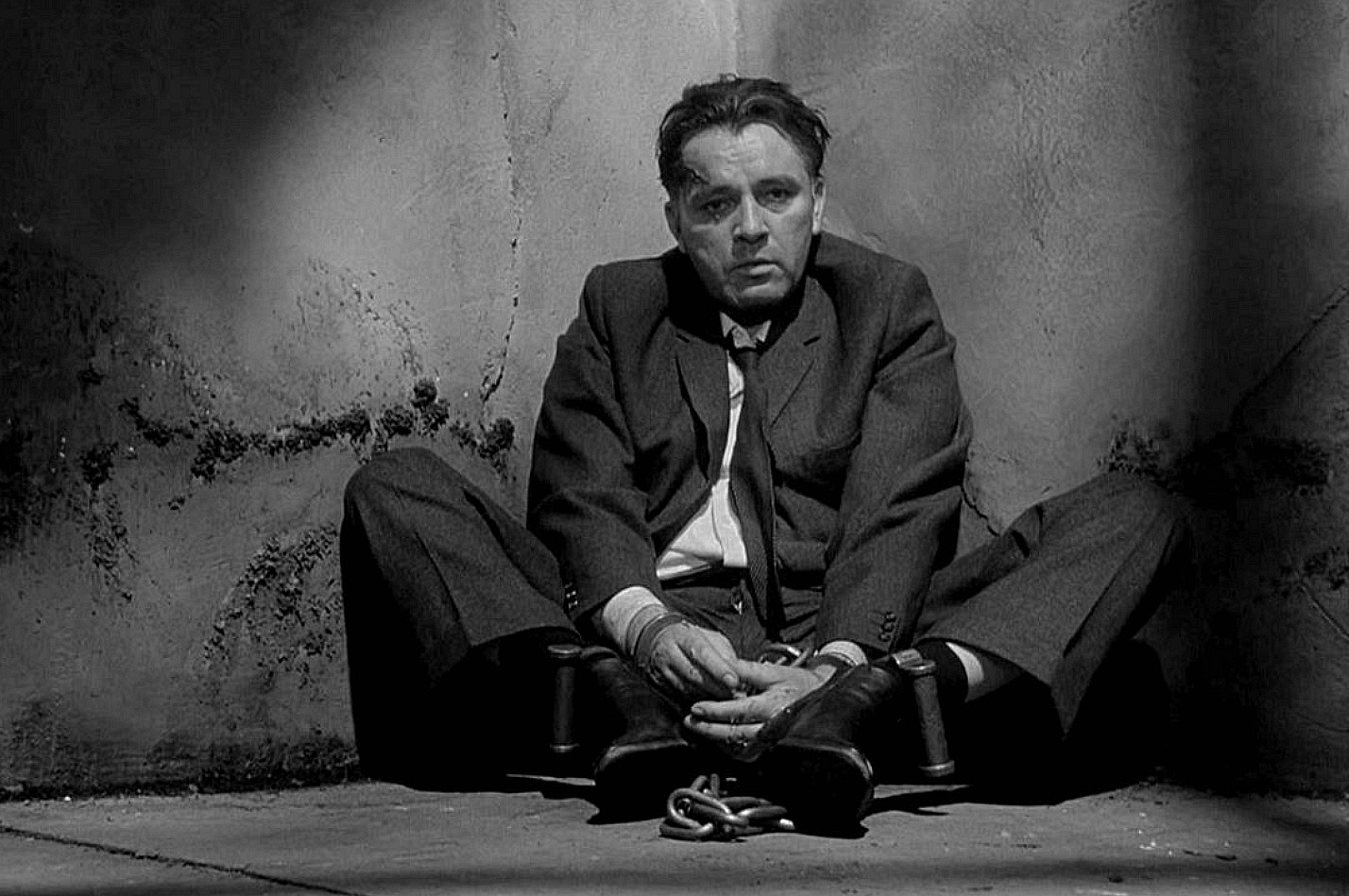I don’t know whether to feel guilty or just accept that I’m a kind of 4K HDR peon, but lately I’ve been watching movies (1080p and 4K Bluray, HD streaming, DVDs) with the Sony XBR65X900F picture mode set to animation.
Animation doesn’t deliver any kind of motion-smoothing as far as I can tell. It certainly doesn’t deliver “motion-smoothing” as I’ve seen it before. But it does seem to add a certain extra-clear quality and a bit more smoothness in the action. It looks like a half-hearted cousin of motion smoothing while allowing a movie to retain a (polished) celluloid texture.
All I know that I recently watched my Bluray of Double Indemnity on my 4K Samsung Bluray and app player (which in itself delivers a 4K uprez effect), and I’ve never seen Billy Wilder‘s 1944 classic look this sockaroonie. I’ve seen it 15 or 20 times, and what I saw looked celluloid-based and natural as far as that 20th Century look goes, but the image also delivered a certain bumped-up clarity.
Posted on 9.12.18: “I’ve never watched a single film on my Sony 65″ HDR 4K TV with the ‘aid’ of motion-smoothing, which makes everything look overly fluid and video-tapey and generally removes the scrim-texture of film. But as appalling and repellent as motion-smoothing is, I’m strangely attracted to using it when watching old black-and-white films.
“There’s something hypnotic about watching, say, William Wellman‘s The Public Enemy, which I’ve seen several times since I was a kid, with the motion-smoothing effect. Shot 87 years ago, this rickety-feeling James Cagney gangster flick is a formally framed, somewhat squawky-sounding film for the most part, but with motion smoothing it feels (and I know I’m not supposed to say this) cleaner, fresher and less antiquated.”


